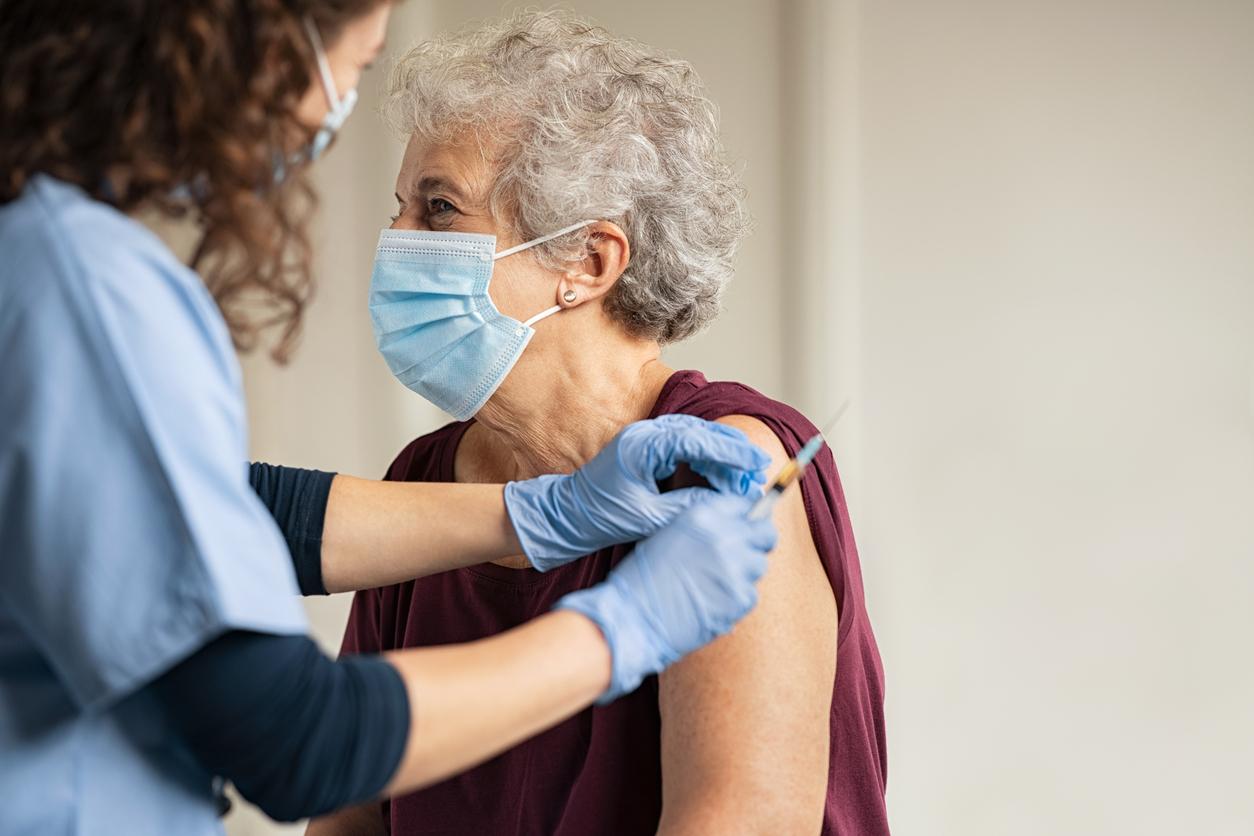Transmitted by the bites of infected ticks or by the consumption of unpasteurized dairy products, the tick-borne encephalitis virus (or TBEV) is present on British territory, confirmed the government this Wednesday, April 5 in a press release. The UK Health Security Agency has confirmed the first nationally acquired case of the virus in the year 2022 in the Yorkshire region, in a 50-year-old man. Since 2019, three probable or confirmed cases have been counted.
What are the symptoms of encephalitis? A rare but life-threatening disease, the tick-borne encephalitis virus can cause a variety of symptoms ranging from asymptomatic infections to mild flu-like symptoms, such as feeling sick. hot and cold, headaches, nausea or muscle aches. But in some rarer cases, it can be accompanied by more serious symptoms:
- Stiff neck;
- Seizures;
- Sudden confusion;
- Photosensitivity;
- Weakness.
According to the WHO, tick-borne encephalitis is one of the main causes of viral infections of the central nervous system.
Should we be worried about an upsurge in cases?
British health authorities want to be reassuring and say that the virus is not particularly widespread and that serious forms of the disease remain relatively rare. “Our surveillance suggests that tick-borne encephalitis virus is very rare in the UK and the risk to the general population is very low.”said Dr Meera Chand, deputy director of the UKSHA.
#TickBorneEncephalitis (TBE)
Ticks feed off animals such as deer so our first port of call is to look for antibodies against infections in their blood.We collect ticks in areas where we find antibodies in animal blood and test them for pathogens https://t.co/ywe7OVWoVa
— UK Health Security Agency (@UKHSA) April 5, 2023
Nevertheless, tests have been modified in hospitals in order to detect the disease more quickly and surveillance – including of asymptomatic cases – has been reinforced, in particular in the areas where TBEV has been detected.
“Ticks also carry a variety of other infections, including Lyme disease, so take steps to reduce your chances of being bitten outdoors in areas where ticks thrive, such as heathland and woodland, and remember to check for ticks and remove them promptly“, finished Dr. Chand.
What are the right actions to avoid infection?
Even if the risk of serious infection remains low according to the British health authorities, it is still advisable to walk on marked paths to avoid rubbing against vegetation and regularly check your clothes and body after a walk outside, especially in fields or in the woods. Also cover up as much as possible and wear light colored clothing. You can also check your pets.
Certain areas of the body are particularly favored by ticks, in particular the skin folds, the armpits, the groin and the belt, as well as the nape of the neck and the hairline. Adults are more likely to be hit in the legs while children are more likely to be hit in the head or neck. Be careful, any part of the body can still be affected and several ticks can be attached at the same time.
In the event of a bite, it is imperative to remove the tick using tweezers or a tick remover. Grasp the tick as close to the skin as possible and slowly and firmly pull upwards to remove the head, the part that may cause local infection. Then disinfect the bite area and monitor the following days. In case of flu-like symptoms or neurological disorders in the days following the bite, contact a doctor urgently.
Source :
- Tick-borne encephalitis detection in England, Gov.ukApril 5, 2023

















